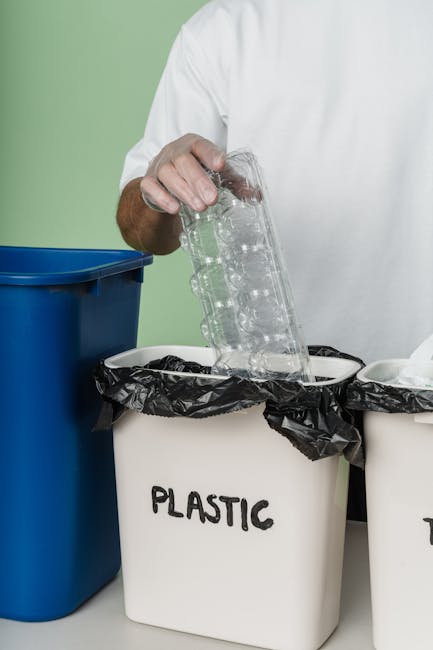 Wastewater Therapy: Making Sure a Cleaner Atmosphere
Wastewater Therapy: Making Sure a Cleaner Atmosphere
Wastewater treatment plays an important role in safeguarding our atmosphere and making sure the health and wellness and health of neighborhoods all over the world. As the worldwide population continues to expand and urbanize, the generation of wastewater has actually raised significantly. It is important to apply effective wastewater therapy procedures to detoxify the water before it is released back into the environment.
Wastewater is produced from different sources such as domestic, industrial, and industrial tasks. It includes a wide range of contaminants, including organic and not natural substances, virus, and contaminants. If left unattended, wastewater can contaminate rivers, lakes, and seas, leading to extreme ecological damages and compromising public health and wellness.
The key goal of wastewater therapy is to remove unsafe materials and make the water secure for the setting and human use. The therapy process includes a number of stages, each targeting details contaminants. Usually, it consists of physical, chemical, and organic procedures that work together to effectively treat the wastewater.
Physical procedures entail the removal of huge solids and debris with testing and sedimentation. This action ensures that the wastewater is without any type of visible fragments before it carries on to the next stage. Chemical procedures, such as coagulation and flocculation, are after that employed to more get rid of suspended solids and dissolved contaminations.
Organic processes, including triggered sludge and dripping filter systems, use bacteria to damage down pollutants present in the wastewater. These microorganisms eat organic matter and nutrients, converting them right into safe by-products. This action helps in decreasing the organic oxygen demand (BOD) and chemical oxygen demand (COD) of the wastewater, making it less hazardous to the atmosphere.
When the treatment process is finished, the water goes through sanitation to remove any kind of remaining germs, infections, and parasites. Typical sanitation techniques include chlorination, ultraviolet (UV) radiation, and ozonation. This last step guarantees that the water meets the needed high quality requirements and can be safely discharged or reused.
In addition to safeguarding the atmosphere, wastewater therapy also supplies a valuable source in the form of redeemed water. Recovered water, additionally called recycled water, can be used for various non-potable purposes such as irrigation, industrial procedures, and groundwater recharge. This lowers the need for freshwater, conserves sources, and promotes lasting water management.
In conclusion, wastewater therapy is a crucial procedure that helps preserve a healthier and cleaner setting. By getting rid of unsafe substances from wastewater, we can protect against water pollution, protect ecosystems, and protect public wellness. The implementation of reliable treatment systems not only makes sure the secure disposal of wastewater however additionally offers the opportunity to recycle water, contributing to sustainable water monitoring practices.
Why People Think Are A Good Idea
Learning The “Secrets” of